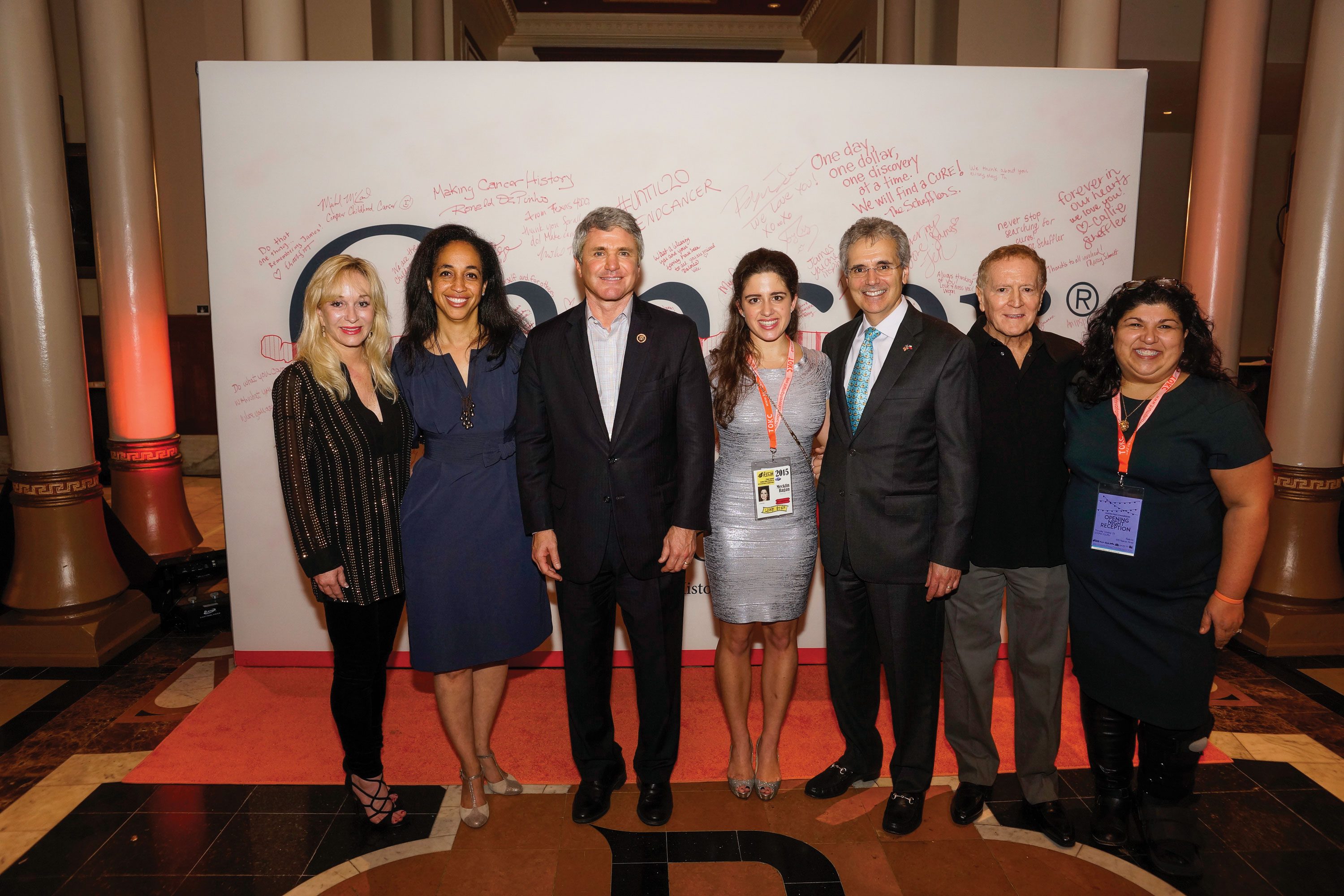My Moon Shot
Ted Topolski, 74, of Houston, is a survivor of four cancers: B-cell lymphoma, lung cancer, gastrointestinal cancer and skin cancer. Retired from technology sales at IBM and BMC Software, Topolski is the father of three and grandfather of six.
I want to thank MD Anderson's staff for their loving care, helping me meet cancer head-on and treating me with respect and dignity.
My experience at MD Anderson spans 21 years. Dr. Michael Wang has played a prominent role, coordinating the efforts of seven teams of specialists, the world’s best. Treating multiple cancers simultaneously requires coordination, innovation and inspiration of nurses, physician assistants, schedulers, volunteers, surgeons and oncologists. I’ve had biopsies, surgeries, chemotherapy, radiation treatments, proton treatments, CAT scans and PET scans.
Dr. Wang and these teams continue to inspire me with their optimism, positive reinforcement and commitment to care. I had my first bout of B-cell lymphoma in 1994, with the removal of 80% of my stomach and six chemotherapy treatments over 18 weeks. In 1998, the lymphoma returned. I had 28 radiation treatments.
In 2012, I learned I had two additional cancers; a fourth would come a year later. Six months after having four proton treatments for lung cancer, a pet scan showed the treatment was not successful. But that was on me. If you smoke, quit. Anderson has a smoking cessation program that works. Enroll now.
Early detection and a commitment to resources through the B-cell Lymphoma Moon Shot eventually will lead to more personalized treatments and help bring an end to this terrible disease. I’m proud to be part of a couple of studies that can offer markers for future patients. The odds are stacked in my favor, thanks to MD Anderson.
What's your Moon Shot? Contact us at promise@mdanderson.org and tell us why MD Anderson's Moon Shots Program is important to you.
About the B-cell Lymphoma Moon Shot
Lymphoma is the most common form of blood cancer in the developed world. The two main types are Hodgkin lymphoma and non-Hodgkin lymphoma. About 85% of non-Hodgkin lymphomas form from B cells (part of the immune system). There are no curative treatments for B-cell lymphomas, and they usually develop resistance to therapies, leading to relapse.
Goals
- Double the current 30% cure rate within five years
- Develop new predictive tools
- Find new targets for therapy
- Attack with new immunotherapy drugs, targeted therapies and engineered T cells
Advances
- New targeted therapy: A pivotal clinical trial led by the research team of Michael Wang, M.D., showed that ibrutinib, combined with rituximab, has a response rate of more than 90% in patients with relapsed or refractory mantle cell lymphoma, an aggressive B-cell lymphoma. The Federal Drug Administration recently approved the drug.
- CAR T cells (genetically modified immune T cells): Preclinical and human Phase I/II clinical trials have demonstrated the safety, feasibility and preliminary effectiveness of CAR T cells, produced using the patient’s own T cells or those from a related donor, and then engineered to be selectively toxic to the malignancy. MD Anderson also has developed a system to produce “off-the-shelf” CAR T cells from a universal donor that could be given to all patients. Adding these cells to blood stem cell transplants could improve response and increase the rate of long-term remissions through the immune graft-vs-lymphoma effect.
Leadership
- Michael Wang, M.D., professor of Lymphoma/Myeloma
- Richard Champlin, M.D., professor and chair of Stem Cell Transplantation and Cellular Therapy
















